THE IMPACT ON US ALL
The training of actors in the criminal justice system is expensive, but the inadequate training currently employed in many areas of the country imposes an even heavier cost, particularly on heavily policed communities. It also puts officers at risk because the disproportionate emphasis on tactical training they get means they aren’t being sufficiently trained for other situations that are, in reality, more likely to result in their serious injury or death.
SOCIETY
Public Safety
Overall crime rates are falling nationwide while our incarceration rate is not dropping dramatically, so one might assume that solve rates for violent crimes are very high.
Unfortunately, that’s not true. Despite the large amount of resources devoted to policing and prosecution, nearly 40 percent of all reported violent crimes go unsolved.
MASS INCARCERATION
The United States incarcerates more people than any other country in the world. There is no research demonstrating that there is a greater societal good to incarceration as opposed to less restrictive, rehabilitative, correctional settings. But police and prosecutors are nevertheless taught to charge up, take pleas, and churn people through the system, destroying lives, fracturing families, and leaving communities fearful and distrusting.
DISTRUST OF POLICE
Claims of excessive use of force have been levied against officers responding to medical emergencies, mental health crises, reports of lost pets, as well as in making arrests for misdemeanours or property crimes. As more individuals are killed by police every year, it is inevitable that more people stop viewing police as a source of comfort and security and start seeing them as a threat.
POLICE
OFFICER SAFETY
Most police training programs in America aren’t training for what really puts officers at risk. They tend, instead, to spend a disproportionate amount of time training for tactical situations, such as confrontations with an armed suspect. But of the 118 officers killed in the line of duty in 2016, only six were engaged in tactical situations. Far more were killed in vehicle crashes (33), and responding to disturbance calls (13), where less training is provided.
ETHICS & DISCIPLINE
On average, ethics issues comprise only 0.5% of police training even though major scandals continue to erupt across the country, as in the case of serial rapist Daniel Hotzclaw, who used the power of his position as an officer to commit his crimes before he was arrested. The ongoing trial of officers from an elite task force in Baltimore revealed that the officers carried toy guns to plant on unarmed individuals they might shoot while on duty, further demonstrating the need to improve such training.
COMMUNITY RELATIONSHIPS
When communities trust police they are more likely to report criminal activity, potentially making both police and communities safer. Police training should focus on methods to improve relationships between police and the communities they serve—enhancing procedural justice, reducing the impact of implicit bias, and promoting reconciliation. Unfortunately, far too few jurisdictions are exploring ways to make these improvements.


